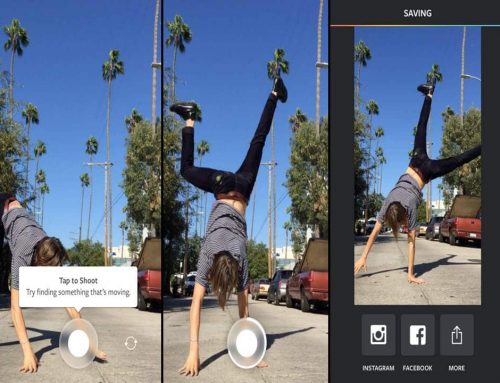DPI or Dots Per Inch is one of the commonly used digital imaging terms that people are getting confused with. It is an old term that has been used in relation to digital image resolution and size. Since there are many different situations where resolution is being used, it is quite understandable that using a single term is making people confused.
To clear out the confusion, let us discuss what DPI is all about. DPI generally refers to the printer. When a printer creates an output, the output is made up of different coloured inks, most of the time there are four to six colours, but some printers use more colours. Since the number of colours available is limited, the printer has to mix the inks in order to come up with all the colours needed for an image. Thus each pixel of the image is created through a series of tiny dots.
In general, if the DPI is higher then the tonality of image gets better. The colours will look better and their blending will also be smoother. But, when you use a higher DPI, the printing process will be slower and you will be using more ink. If you need to save on your ink and time you will have to settle for a lower DPI.
One of the instances where your knowledge on DPI is important is when you are scanning old photos. When deciding what DPI to use you will have to consider the quality of the original photograph as well as the purpose as to which the scanned image will be used, either it will be printed or stored on a CD.
There are two basic types of photos, the sharp and blurred one.
Blurred photos are better scanned using 300 DPI, but if you are planning to print the scanned image using a larger size compared to its current size, then you will have to use 600 DPI to avoid seeing pixilation on the output.
Sharp photos, on the other hand, are better scanned and saved using 600 DPI. Once the scanned photo is printed, its quality will also be better no matter what size you prefer to have it printed.



Leave A Comment